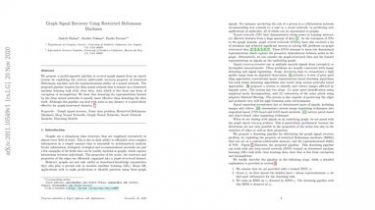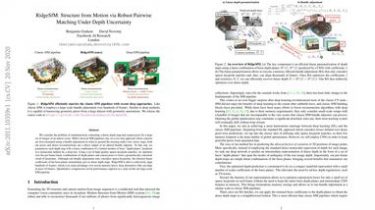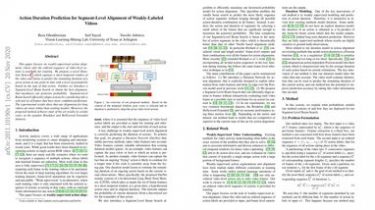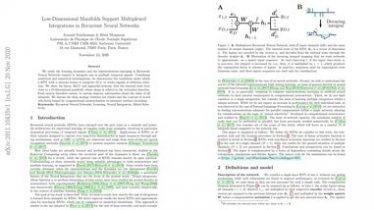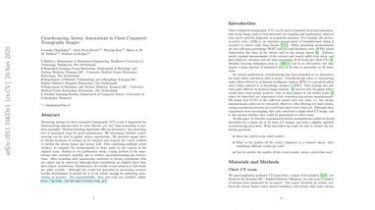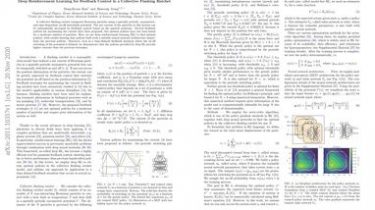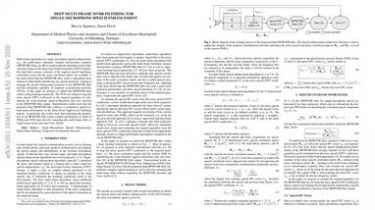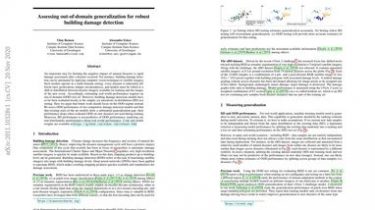Rotate Axis Labels in Matplotlib
Introduction Matplotlib is one of the most widely used data visualization libraries in Python. Much of Matplotlib’s popularity comes from its customization options – you can tweak just about any element from its hierarchy of objects. In this tutorial, we’ll take a look at how to rotate axis text/labels in a Matplotlib plot. Creating a Plot Let’s create a simple plot first: import matplotlib.pyplot as plt import numpy as np x = np.arange(0, 10, 0.1) y = np.sin(x) plt.plot(x, y) […]
Read more
